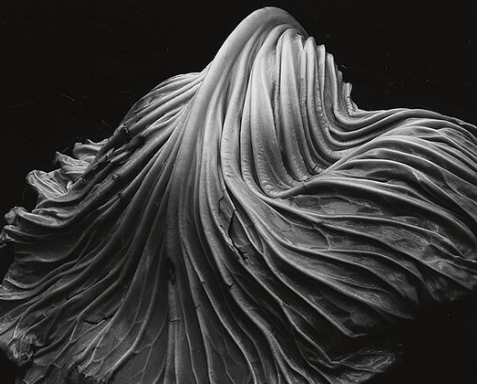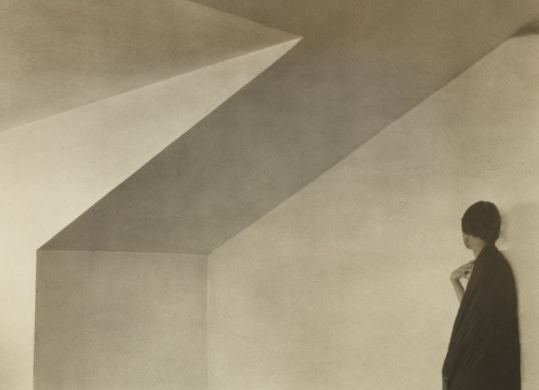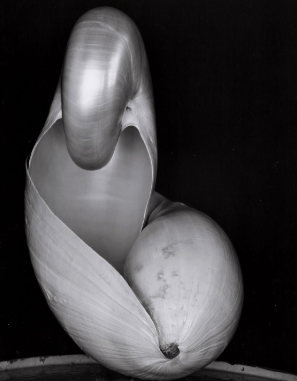Edward Weston Photography: Capturing Life in Stunning Detail
Edward Weston is celebrated as one of the most influential photographers of the 20th century. His work transformed the field of photography, pushing boundaries with his unique style and profound understanding of light and form. Whether you’re an aspiring photographer or simply an art enthusiast, understanding Weston’s techniques and philosophies can greatly enhance your appreciation of photography.
The Essence of Natural Forms
One of Weston’s most striking contributions to photography is his ability to transform ordinary objects into extraordinary works of art. His still life compositions challenge the viewer to see common items, like peppers or shells, in a new light. This transformation comes from his meticulous attention to detail; he believed that through careful observation, one could uncover the essence of a subject. Weston’s work demonstrates the importance of patience and perspective, encouraging photographers to dive deeper into their surroundings and capture the beauty that often goes unnoticed.
The Role of Light and Shadow
Weston’s understanding of light was revolutionary. He often used natural light to create depth and texture, allowing for greater emotional impact in his images. By skillfully manipulating shadows and highlights, he formed an almost sculptural quality in his photographs. This mastery is evident in his landscapes, where light plays a crucial role in shaping the mood and atmosphere. Photographers can learn a great deal from Weston’s approach to lighting, as it underscores the significance of illumination in crafting visually compelling images.
Experimentation and Innovation
Throughout his career, Weston embraced experimentation, often challenging conventional techniques of the time. He utilized a large-format camera, which enhanced his ability to capture intricate details and textures. His willingness to experiment with different materials and printing techniques further set him apart from his contemporaries. By encouraging creativity and innovation, Weston inspires modern photographers to think outside the box, push boundaries, and find their unique voice within the medium.
In Conclusion
Edward Weston’s photography serves as a timeless reminder of the beauty present in everyday life. His profound insight into the interplay of light, form, and composition continues to resonate with both photographers and art lovers today. If you’re intrigued by the world of photography, delve deeper into Weston’s work and explore how his principles can influence your own visual storytelling. Happy shooting!








